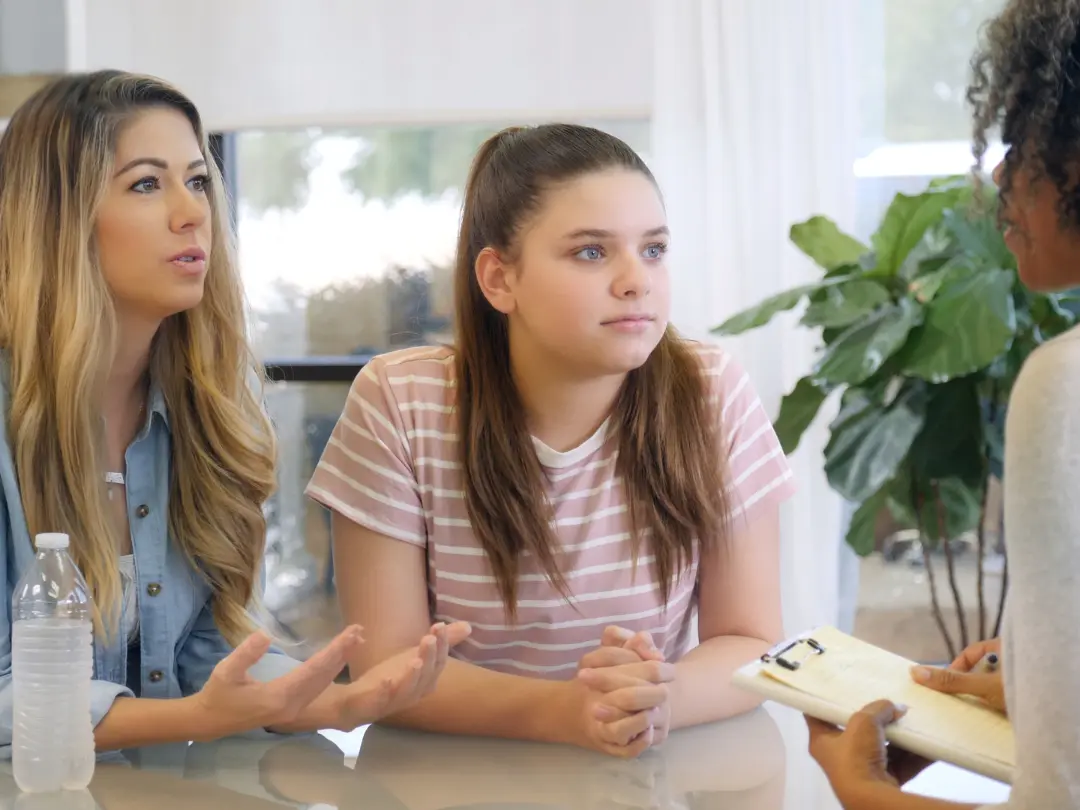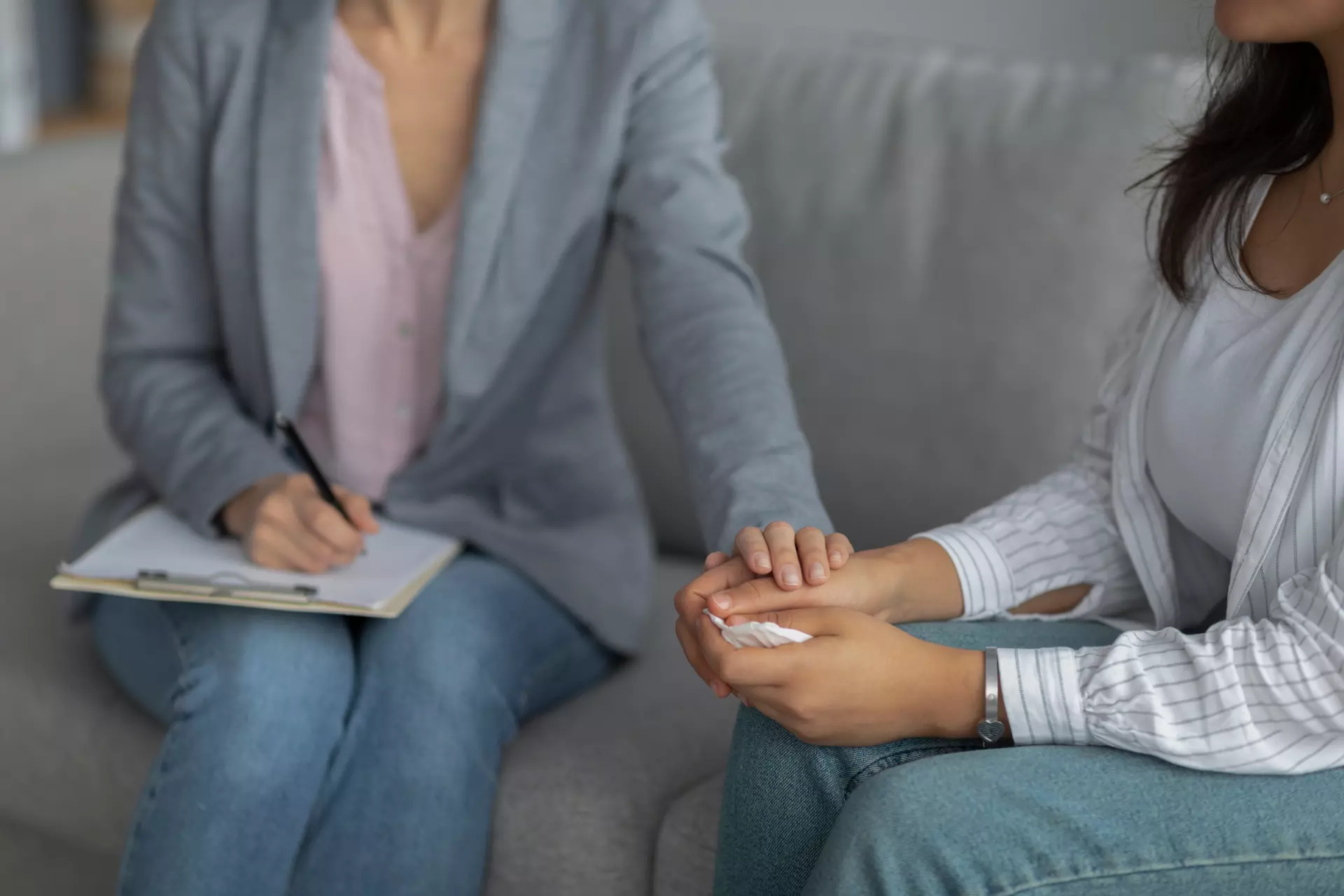Ever wonder who is your most avid fan of your selfies on your social media account? The cringle-worthy answer may be an online stalker. But, how exactly do online stalkers use your selfies and posts to find, follow, and harass you? And, what can YOU do to stay safe? Since this is Sexual Assault Awareness Month, let’s take a deeper dive into online sexual harassment and specifically, why your posts and selfies may be making you the target of online stalkers.
It happens quickly. You’re someplace fun, and you snap and post a picture on social media. You never give it a second thought unless you go back and check on the “likes” and comments. But not all of those noticing your image are friends and family. Some, in fact, may be strangers – and dangerous strangers at that.
Real-Life Horror Stories of Cyberstalking
If you are like many who share too many personal details online and think these concerns are overblown, pay attention to these real-life occurrences:
- In 2017, a serial stalker had been able to arrive at bars before his victims by virtue of checking their social media posts beforehand.
- In 2018, a serial stalker out of Pennsylvania had been stalking the teen for seven years since she was just 12 years old but waited until after she turned 18 to reach out to her in a disturbing letter professing his love for her.
- In 2021, a Hawaiian man was convicted for online stalking when he targeted a father and his adult daughter who live in a quiet suburb of Salt Lake City. He sent the woman threatening messages and posted her picture and address online, sending threats telling the woman she should sleep with one eye open and keep looking over her shoulder.
These are hardly isolated cases, In fact, according to the Pew Research Center, in 2020 according to their study, The State of Online Harassment, 33% of women under 35 say they have been sexually harassed online, while 11% of men under 35 say the same. In rare cases, cyberstalking can actually turn deadly.
How Your Selfies and Posts Put You in Harm’s Way
That simple selfie your friend posted of the two of you at the baseball game lets anyone looking at that hashtag or location tag and know a few simple things. They know where you are. They know what you look like, and they know you exist.
Maybe they find you *interesting* and want to learn more about you.
Chilling, isn’t it?
But, that’s what happens literally millions of times a day for millions of social media posts around the world. Your very image, your post, your tags, your hashtags, your check-ins, all expose you to people who never would have known you even existed. It exposes you to people across the country who would otherwise never even realize who you are. It puts you in the path of potentially dangerous people. And you never even gave it a thought.
So, let’s say you are a careful and cautious person and you take pains to make sure that you keep your accounts private, and your images innocuous. Remember, depending upon your settings and those of your friend you tagged, that post could still go public in her account.
And, maybe you aren’t concerned with a private account, but you try to be very careful about posting your whereabouts. Then, take heed of the real-life story of a stalker who allegedly studied a Tokyo pop idol’s pupil images online to find her location. Using the reflection of the woman’s pupils in photos he found on social media, he was able to use Google Street View to find where she lived and what train stations she used. The discovery resulted in an attack where she was lucky to survive.
How To Protect Yourself From Cyberstalking
The expectation of privacy is very difficult these days. Personal information online is just a click away, especially if you know where to look. Sadly, when it comes to online privacy, we just learn to accept the fact that it does not exist.
While it is always a good idea to avoid sharing your personal habits with strangers, especially using tags, hashtags, and check-ins, and including details that make you easy to find, this behavior is particularly concerning when you have a large online following or friends list.
Simple changes to your posting behavior can make a big difference:
- Take and post your selfie and update at a later time – or after your event – when it is obvious you are currently elsewhere, (i.e. “On my way to NYC for the week! Can’t Wait! #BigApple #United #JFK @NYAutoShow”). The last thing you want is for someone to figure out your flight, show up at United/JFK baggage claim, or stalk you at an event. Not to mention, posting your future whereabouts lets them know when you will return home and give them plenty of time to break into your home.
- Take a detailed and precise look into your online profile and make sure your accounts are locked down to the extent that you expect they are. In other words, are your account security settings the way you want them to be?
- Take some time to look at how others are looking at your social media. Do you see any alarming behaviors, trends, patterns, comments? Try and determine, do I have an online stalker? This article will help you identify if you have a stalker on Instagram.
- Routinely check your friends list and purge anyone you do not recognize.
- Pause before you post and think about your post in the worst-case scenario. If you are in doubt, leave it out.
- Do NOT respond to those social media lists – you KNOW – the ones where people put up answers to listed questions like, “Have you ever had a tattoo?” “Where were you born?” These lists seem innocent, but they can actually divulge personal information and a stalker could easily use pieces of information to create quite the detailed portfolio about you, your family, and your life.
What To Do If You Are a Victim of Cyberstalking
If you find yourself living a nightmare and you realize you have a cyberstalker, there is help.
- Your first call needs to be to your local police – whether you know your stalker or not. The scary truth is that if you do not know your stalker, you simply do not know if they live half a world away, or on the next floor of your apartment building. They could be anywhere. A simple police report will establish a record and set a baseline for activity.
- Reach out to The Cyber Hotline, and immediately get their Cyberstalking Action Plan. In it will be detailed, helpful, and potentially life-saving information for you to follow.
- Document everything. Take screen captures, copy hyperlinks, and keep detailed records, but above all, do NOT engage with your stalker. Please leave that to the professionals.
- Block the person, do not engage with them, and change your emails and screen names.
- Alert your close friends and family members. Let them know what is happening. They can help you document instances and potentially help keep you safe.
- Alert the site or social media platform of the stalking and provide them with your documents and records.
- Start locking down your online presence. Increase your password strength, lock down your social media accounts, take a deep look into all of your online settings. Use a secure password program such as Zoho Vault to increase password security.
-
Dealing With the Stress of Cyberstalking
Cyberstalking is tremendously stressful and can result in depression, anxiety, post-traumatic stress disorder, sleep disorders, and in some cases evoke suicidal thoughts. The entire experience is at times overwhelming and pervasive. While law enforcement will be your best choice at keeping you safe, a mental health professional can help with coping with the emotional toll it will undoubtedly have on your life.
If you believe you or someone you know is being cyberstalked, we can work one-on-one to help you cope with the overwhelming stress and strain of this abuse. Our team of specialists will develop a personalized treatment plan for you/your loved one. Contact us today … You are not alone in this battle.








